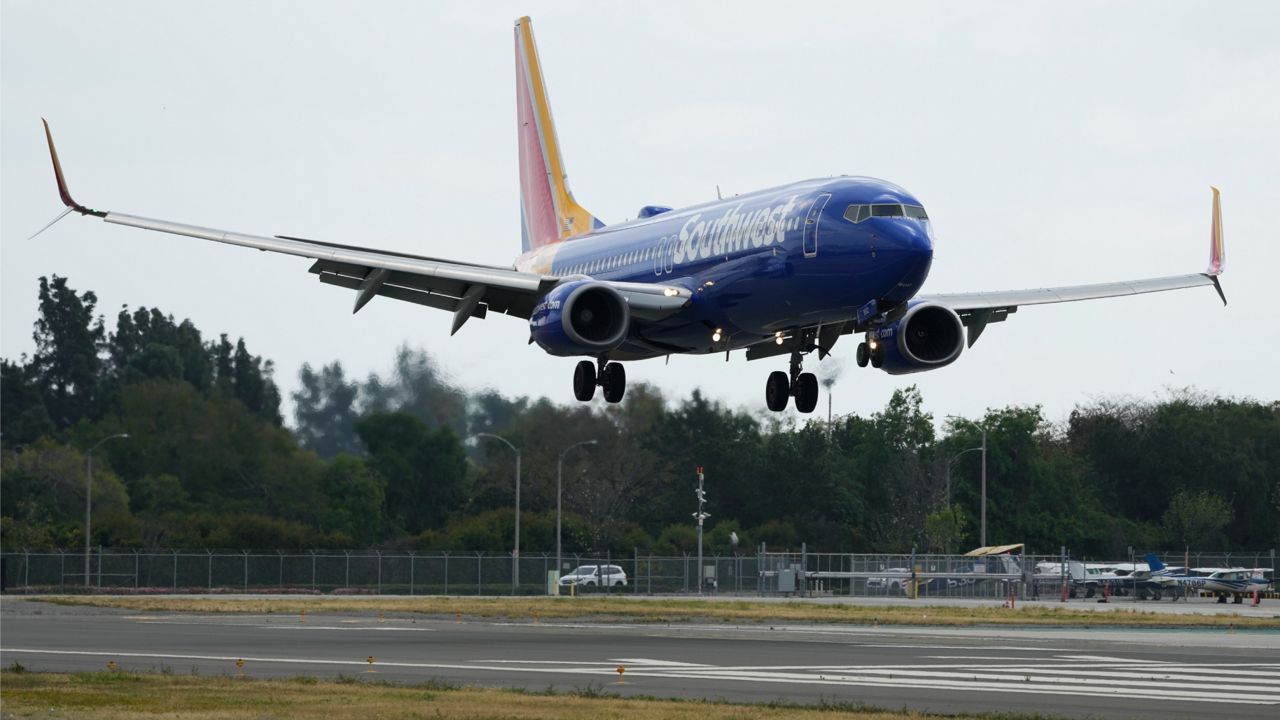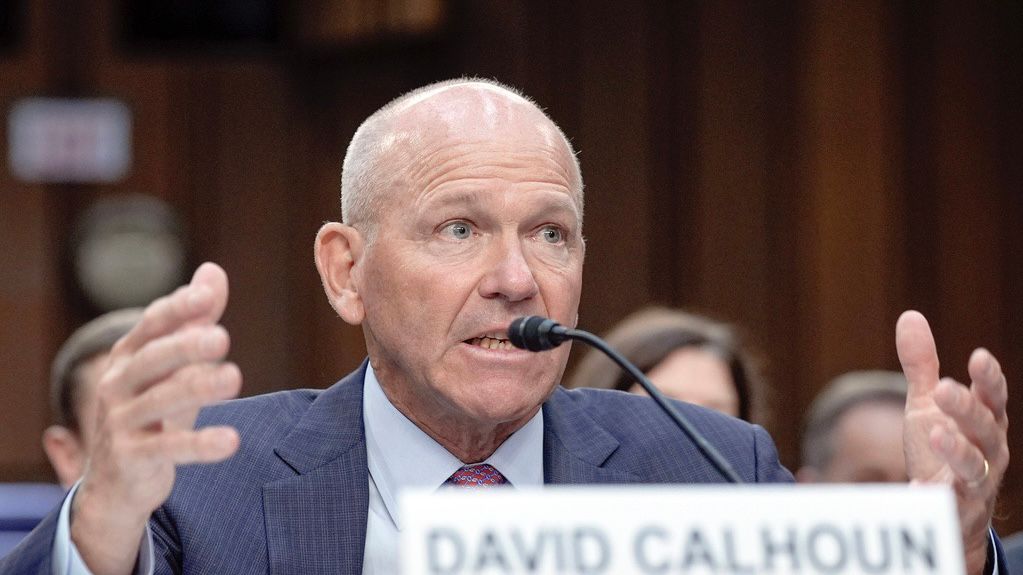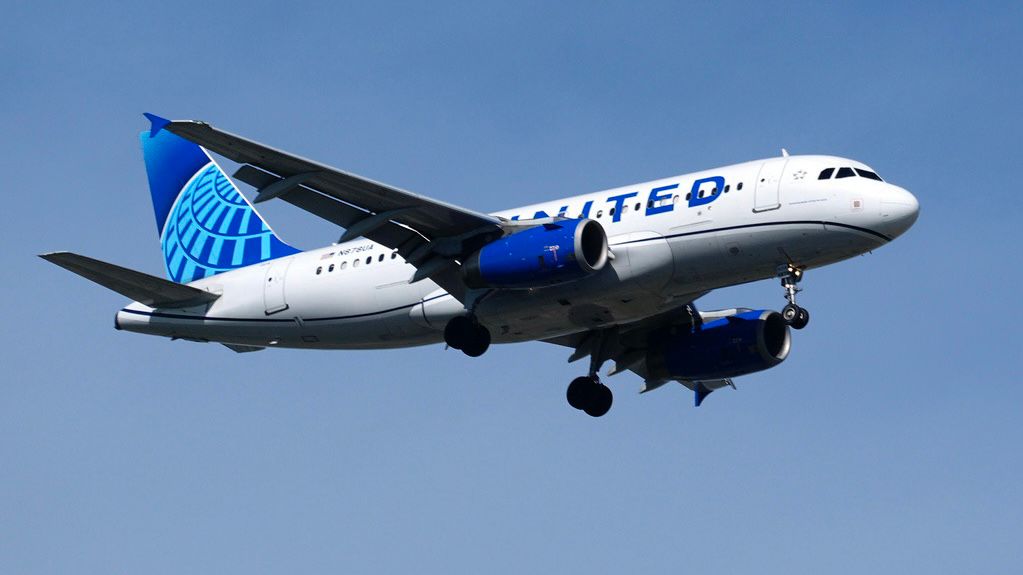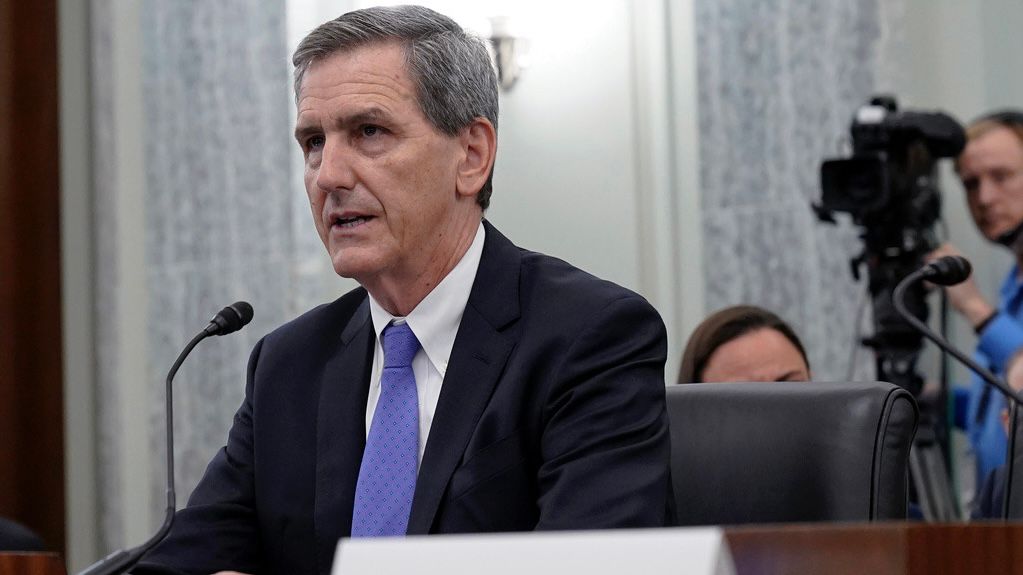A senior executive of Southwest Airlines apologized to a Senate committee Thursday for a December meltdown and said the airline is upgrading software to help fix its inability to reassign crews after the winter storm.
The president of the Southwest pilots’ union told senators that airline leaders ignored calls to improve technology for years, then botched the recovery from the storm — losing track of employees and operating more than 500 empty flights while passengers were stuck on the ground over the holidays.
“What our pilots saw and have known for years is that Southwest struggles to manage nearly any disruption regardless of the cause," said Captain Casey Murray, President of the Southwest Airlines Pilots Association
The comments came during a hearing of the Senate Commerce Committee, which focused on the Southwest breakdown as it began to probe disruptions that affect millions of air travelers every year.
“We know this won’t be the last snowstorm to hit this country. So let’s figure why Southwest’s operations collapsed and what needs to change so this never happens again on Southwest or any other airline,” said the committee chair, Maria Cantwell, D-Wash.
Cantwell and other Democrats on the committee were frustrated that Southwest didn’t respond to warnings from its unions that it needed to improve its crew-scheduling system long before December’s debacle in which the airline canceled nearly 17,000 flights, stranding more than 2 million customers.
"While bad weather can happen and is expected and many airlines recovered quickly, Southwest stood out in its scope of the problems it faced," Cantwell said.
Republicans and a lobbyist for the airline industry used the hearing to argue against proposals to impose new regulations on airlines, such as expanding compensation for delayed flights and limiting airline fees.
“I've had multiple conversations with senior leadership at Southwest, I'm confident they understand it was an epic screw-up and that they are committed to doing everything possible to prevent its recurrence," said Texas Sen. Ted Cruz.
Southwest and other airlines were hit by a winter storm on Dec. 21, but Southwest failed to recover when other carriers did. The breakdown has cost the airline more than $1 billion.
Chief Operating Officer Andrew Watterson said Southwest had a plan, but the storm was worse than expected. Southwest struggled with deicing equipment and jet bridges in Denver and Chicago, eventually canceling most flights at those airports, logistics problems which rippled nationwide.
"Let me be clear, we messed up," Watterson said. "And I would like to explain to you how we messed up. In hindsight, we did not have enough winter operations." resiliency.”
By Dec. 24, as the storm moved east, Southwest’s ability to reschedule crews was in tatters, and pilots and flight attendants were stranded just like the passengers. It took another week for the airline to recover.
Watterson said that starting Friday, Southwest will upgrade software that suggests how to reassign crews to flights after disruptions. That software, from General Electric, was overwhelmed with the number of changes needed during the storm. He said the airline has also increased the ratio of employees to planes.
Cantwell pressed Watterson on whether Southwest had planned for a worst-case storm. He said it planned by estimating how many planes could be deiced, but those calculations “proved to be incorrect for this storm.”
Southwest led all U.S. airlines in canceled flights last year, accounting for more than 40,000 of the total 210,000 cancellations, according to FlightAware.
Casey Murray, president of the Southwest Airlines Pilots Association, said the airline struggles to deal with any disruptions, even minor ones. He said the December debacle was avoidable — unions had warned company leaders about problems with crew scheduling many times, including after a smaller crisis in October 2021 — but the airline failed to invest enough in better technology.
“Managers’ overconfidence in their planning and a systemic failure to provide modern tools to employees doomed SWA’s recovery before the first snowflake hit the ground,” he said.
Murray said Southwest’s current leaders don’t listen to frontline workers and have drifted away from the airline’s longstanding employee-centered culture.
Watterson stood in for CEO Robert Jordan, who had a scheduling conflict, according to the airline. That did not go over well.
“Your CEO didn’t want to be here,” Cantwell told Watterson. In a reference to the airline’s co-founder, she added, “I definitely think Herb Kelleher would be here if he was the CEO.”









